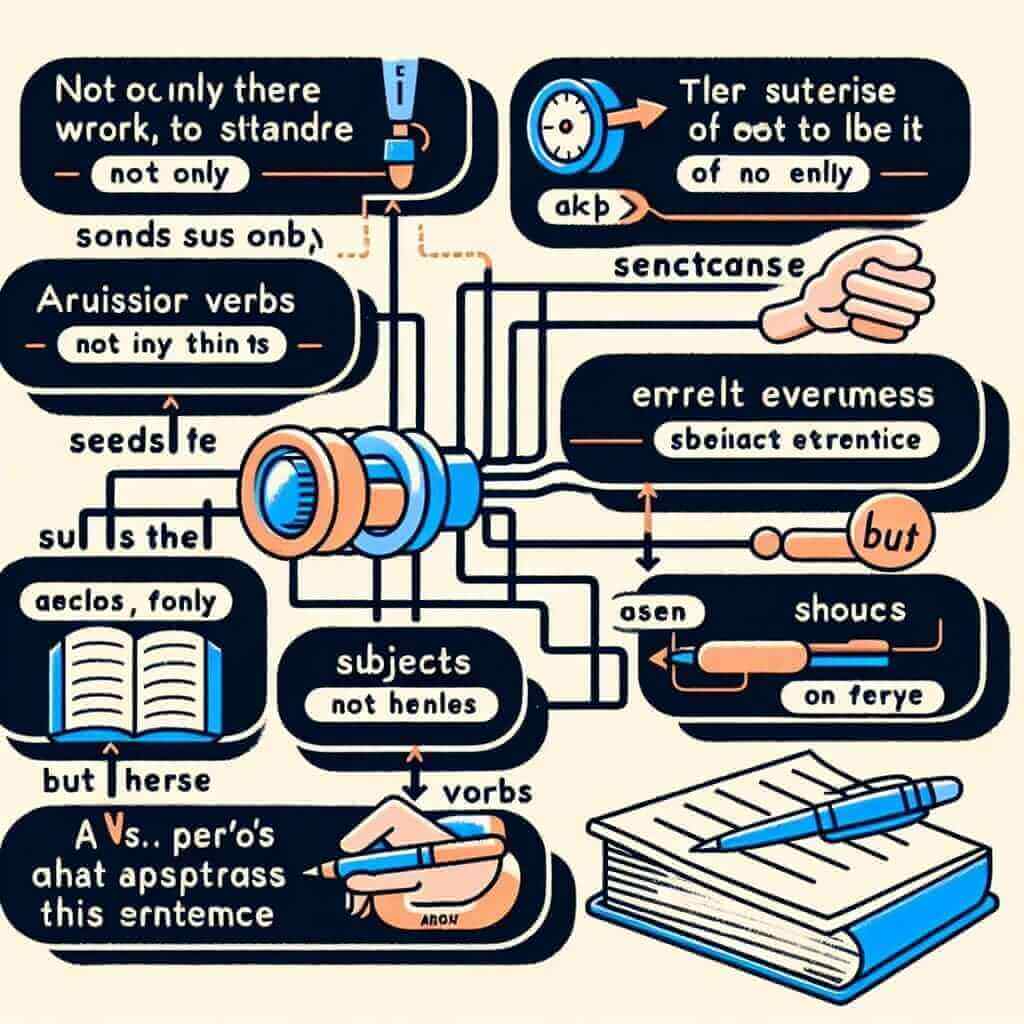The phrase “not only…but also” is a powerful tool for emphasizing a point and adding complexity to your writing, which are essential for achieving a Band 7 or higher in IELTS Writing. Let’s see some examples of how this structure can be used across different sections of the IELTS:
Speaking Part 2:
- “Not only did my grandmother teach me how to cook, but she also instilled in me a love for using fresh, local ingredients.” (This sentence highlights two key aspects of the speaker’s relationship with their grandmother.)
Writing Task 1 (describing a trend):
- “The graph shows that not only did car ownership increase dramatically between 1990 and 2010, but the use of public transport also declined steadily during the same period.” (This sentence effectively summarizes two significant trends presented in the graph.)
Writing Task 2 (argumentative essay):
- “Not only does technology enhance our ability to communicate globally, but it also creates opportunities for economic growth and development.” (This sentence presents a balanced argument by highlighting both the social and economic benefits of technology.)
Understanding “Not Only…But Also”
This structure is used to present two related ideas where the second idea is often a stronger or more surprising point. The use of inversion (“did he excel”) after “not only” adds emphasis and creates a more sophisticated sentence structure. This demonstrates a higher level of grammar, which is crucial for achieving a high band score in the IELTS writing exam.
Mastering the Structure
The basic formula for this structure is:
Not only + auxiliary verb + subject + verb + …, but + subject + also + verb + …
Let’s break down how this structure works:
- “Not only” comes before the first part of the sentence and signals that another related idea will follow.
- Inversion: Notice that after “not only,” the auxiliary verb (“did” in our example) comes before the subject (“he”). This is called inversion and is used for emphasis.
- “But also” introduces the second part of the sentence, which is usually the stronger or more surprising point. You can often omit “also” without changing the meaning, but including it can create a better flow.

Applying the Structure in IELTS Writing
Writing Task 1:
- Original: “The number of tourists visiting the museum increased significantly. The amount of money the museum made from ticket sales also increased.”
- Improved: “Not only did the number of tourists visiting the museum increase significantly, but the amount of money the museum made from ticket sales also increased.” (This version effectively links the two related trends, demonstrating a better command of grammar and vocabulary.)
Writing Task 2:
- Original: “Studying abroad helps students gain a global perspective. It also allows them to develop valuable intercultural skills.”
- Improved: “Not only does studying abroad help students gain a global perspective, but it also allows them to develop valuable intercultural skills.” (This version sounds more sophisticated and academic, showcasing a wider range of grammatical structures.)
Reaching for a Higher Band Score
To further enhance your writing and demonstrate a more advanced level of English, consider these tips:
- Vary your language: Instead of always using “not only…but also,” consider synonyms like “Furthermore,” “Moreover,” or “In addition to.”
- Combine sentences effectively: Use this structure to combine short, simple sentences into longer, more complex ones. This demonstrates better control over sentence structure and improves the overall flow of your writing.
- Focus on clarity and meaning: While using advanced grammar is important, ensure that your sentences are clear, concise, and easy to understand. Don’t overuse complex structures if they make your writing sound forced or unnatural.
Common Mistakes to Avoid
- Incorrect word order: Remember the inversion after “not only.”
- Overuse: Using this structure too often can make your writing repetitive. Vary your language and sentence structures.
- Using with contrasting ideas: “Not only…but also” is used for similar or complementary ideas. For contrasting ideas, use conjunctions like “but,” “however,” or “although.”
Conclusion
Mastering the use of “not only…but also” can significantly enhance your IELTS writing, showcasing your ability to use complex grammatical structures effectively. By understanding the structure, using it appropriately, and avoiding common mistakes, you can significantly increase your chances of achieving a Band 7 or higher. Remember to practice implementing this structure in various writing contexts to build your confidence.